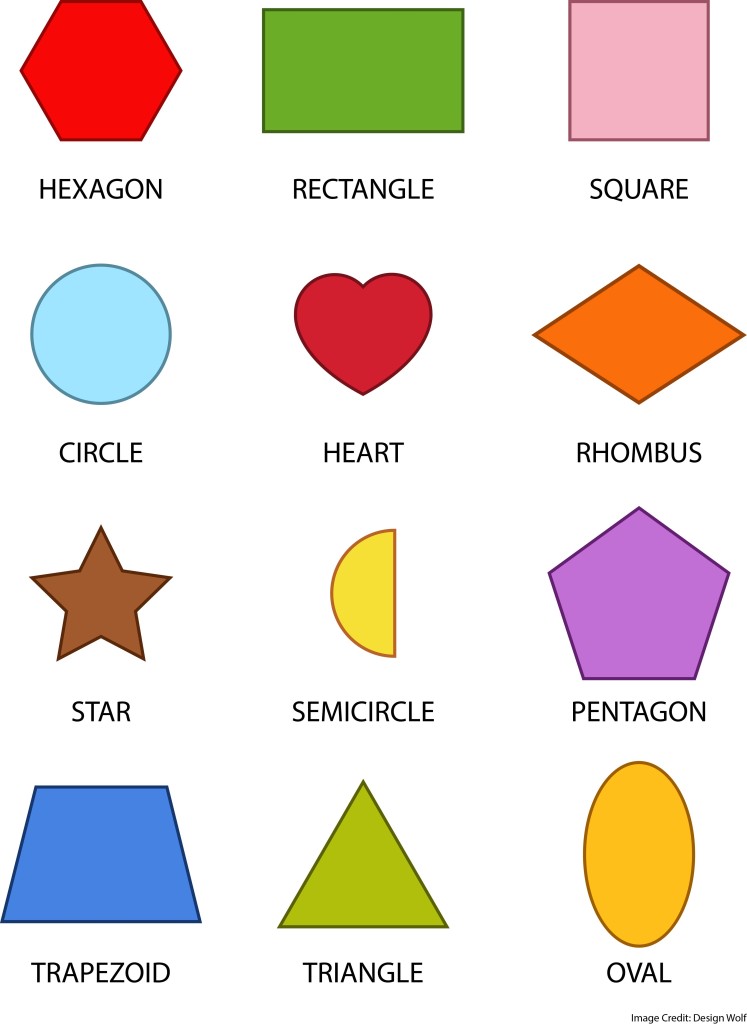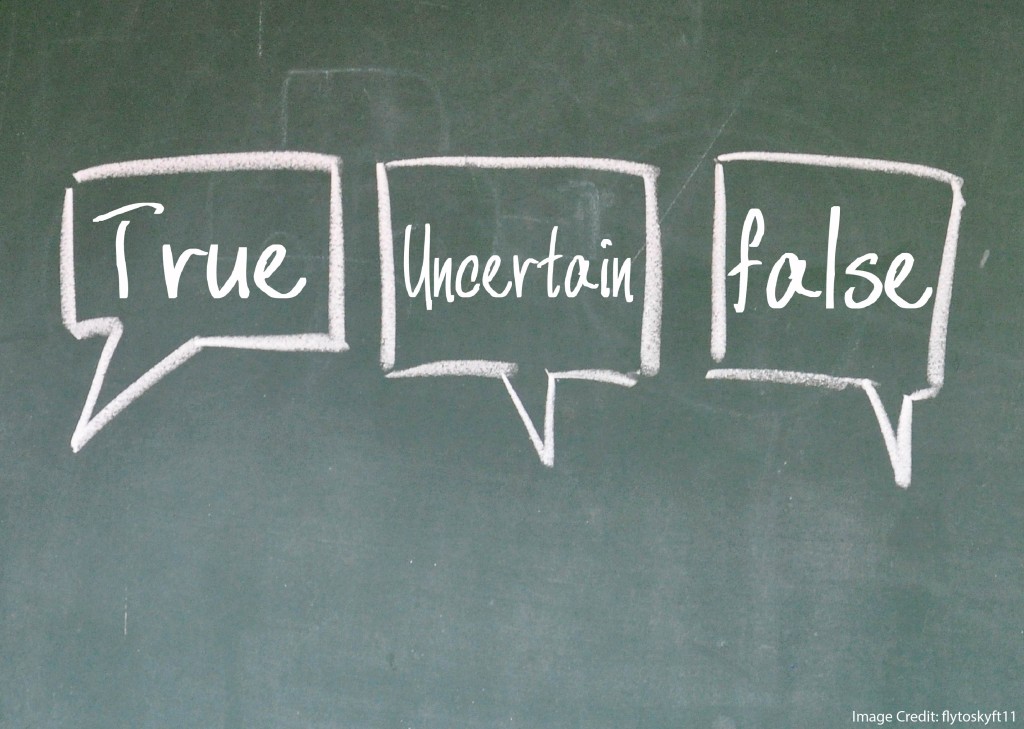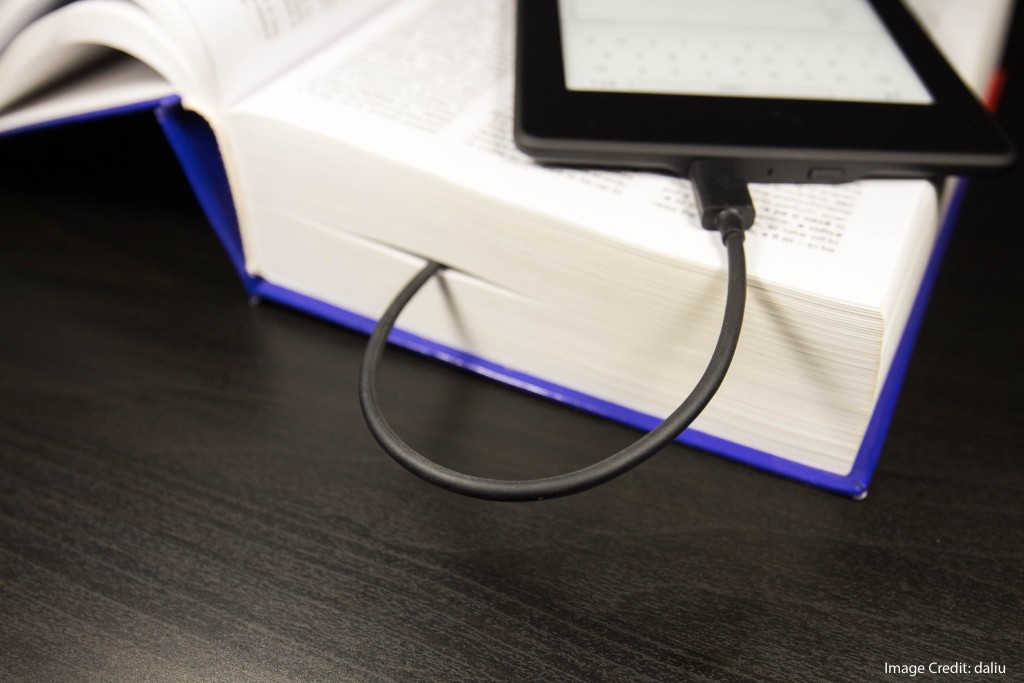Do you have to print out emails before you read them, because you just hate screens?
Or, do you take your Kindle everywhere, because old-fashioned books are just too cumbersome?
The “paper vs. screens” debate has raged for quite a while now.
I occasionally visit schools that have “done away with books” altogether. For reasons of cost and convenience, administrators tell me, e-readers are the only way to go.
Paper vs. Screens: Today’s news
Although I have written about tentative answers to this question, we would love to inform the debate with substantive research. As of today, we can.
Lalo Salmeron and colleagues have completed a meta-analysis comparing the two formats. Their research included several dozen studies, and included more than 170,000 participants.
The results?
In almost every case, students understand better and learn more when they read from paper than when they read from screens.
Some highlights:
Surprisingly, we aren’t getting better at reading from screens. In fact, more recent screen technologies produce greater gaps than previously. As Salmeron writes, “the screen inferiority effect has increased in the past 18 years, and … there were no differences in media effects between age groups.”
Especially when students faced time pressure, the length of the text didn’t matter. That is: even short passages that don’t require scrolling are harder to understand on screen than on paper.
Another surprise: screens made reading information harder. But, they didn’t make reading narrative harder. The teaching implication: e-readers work better for novels than for textbooks.
Paper vs. Screens: Today’s reality
Salmeron’s team has a practical bent as well:
“Given the unavoidable inclusion of digital devices in our contemporary educational systems, more work must be done to train pupils … with reading tasks in digital media.”
On standardized tests, for instance, our students will almost certainly have to read on screens at important moments in their academic lives.
We do need more research on particular strategies. In the meanwhile, this article recommends Lauterman & Ackerman’s article on “Overcoming Screen Inferiority” for places to start.
In the meanwhile, we can help our students understand by having them read from good old-fashioned paper. And no: despite “cost and convenience,” e-readers are not the best way to learn.












